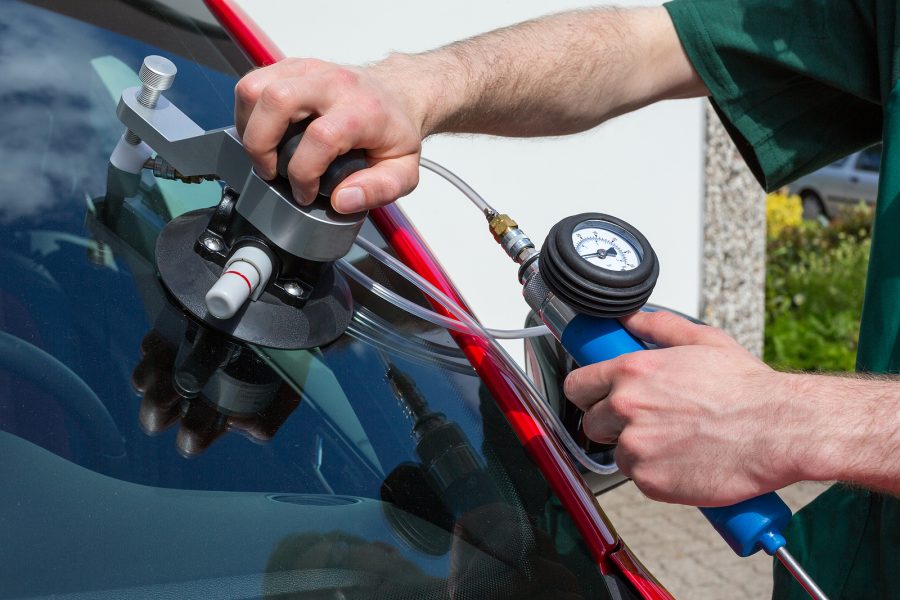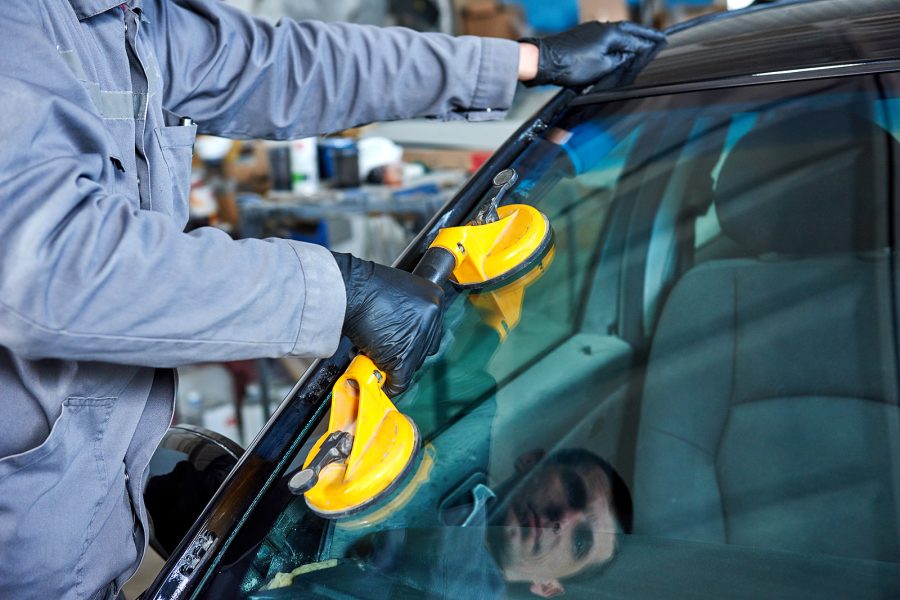In the world of motorsport, one of the biggest distinctions between different disciplines of car racing is whether the vehicle has a closed or open cockpit, and therefore whether it has a windscreen or not.
Racing windscreens have been used in motorsport for decades, with lighter, toughened materials used to ensure that the cars continue to be competitively fast, with windscreen replacement services frequently used to ensure the racing windscreens remain competitive.
These windscreens have primarily been used in closed-cockpit racing cars such as those used in the World Endurance Championship, touring car racing and rally cars, with open-wheeled racing cars such as those used in IndyCar historically relying on the crash helmet’s visor to protect a driver’s visibility.
These visors would often have tearaway strips that would be used to clear away dirt during the races. However, as the question of safety has become more critical in the sport, open-wheeled racing series have adopted more extensive measures to protect their drivers.
After the ABC Supply 500 race in 2015 at Pocono, where Justin Wilson was struck by the flying nose cone of Sage Karam and tragically died of his injuries, IndyCar looked to find an appropriate solution to protect the heads of drivers, eventually finding it in the form of the Aeroscreen.
A high-strength windscreen with a metal frame similar to that used by the Halo device used in Formula One, the Aeroscreen was initially prototyped in 2016 as an alternative to the halo device, after the former was criticised for potentially affecting visibility due to the metal frame in the centre of the driver’s field of view.
After several years and inspired by the successful evolution of the Halo, the second-generation Aeroscreen was introduced to IndyCar for the 2020 season, where it was positively received by many drivers, although an early issue involving cockpit overheating was addressed through additional developments.









